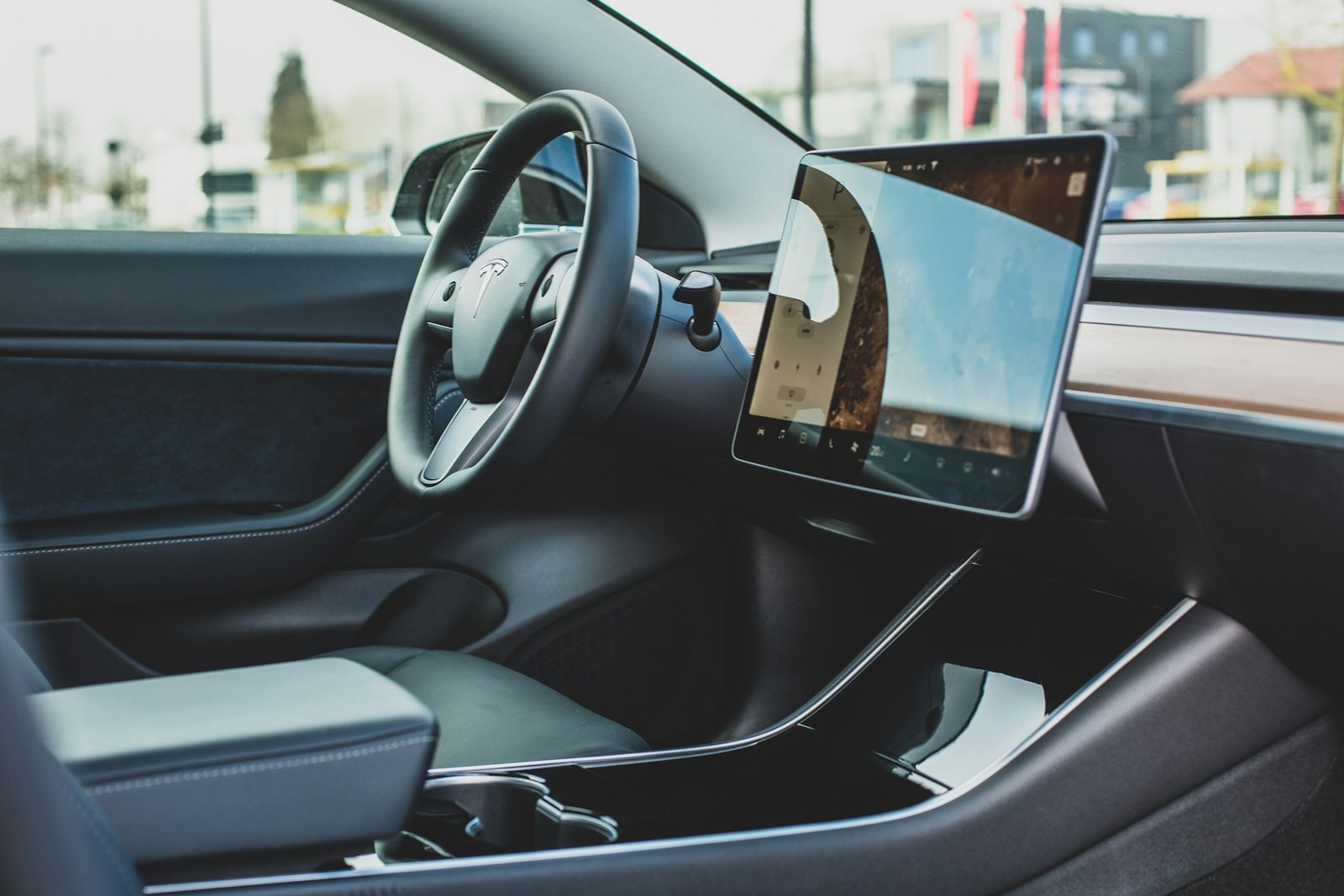As electric vehicles EVs) continue to gain popularity, drivers are seeking more than just eco-friendly transportation—they want advanced technology that integrates seamlessly with their digital lifestyles. One of the most sought-after features today is Android Auto, a smart infotainment interface that enhances driving through voice control, navigation, music streaming, and more.
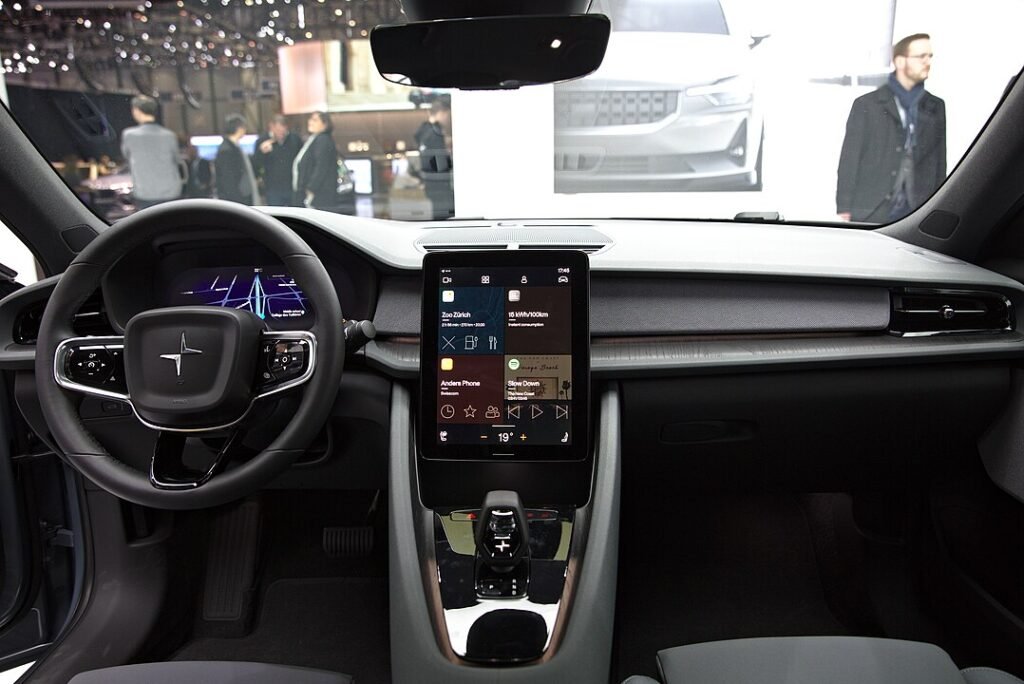
In this post, we’ll explore the world of electric cars with Android Auto, explain why it matters, the benefits, limitations, and what the future holds for this tech-forward combination.
What Are Electric Cars with Android Auto?
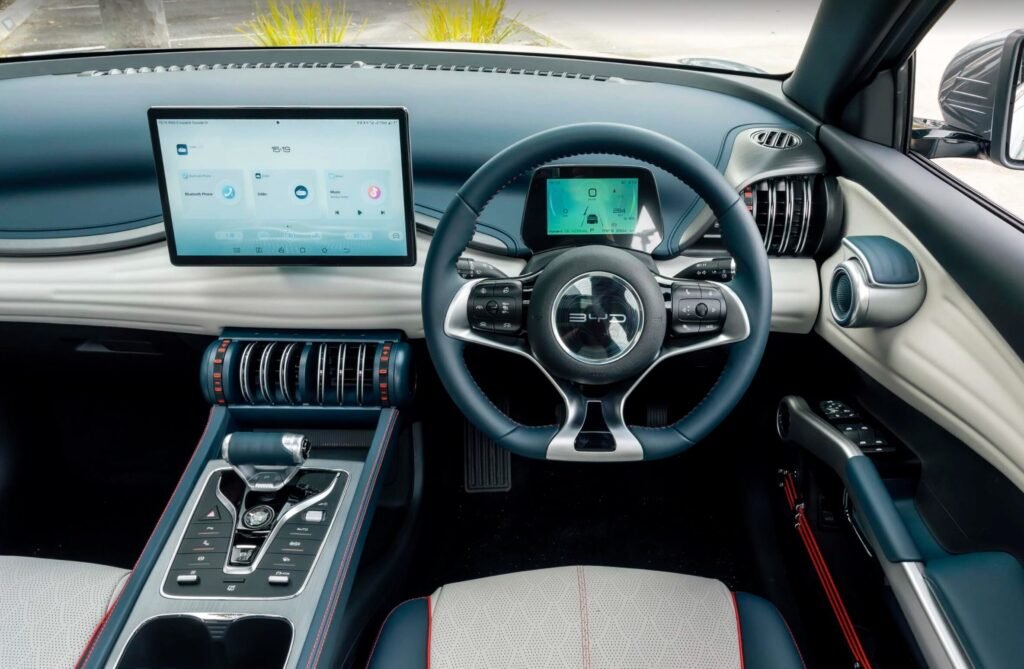
Electric cars with Android Auto are fully electric vehicles that support Google’s Android Auto system. Android Auto is a platform that mirrors key smartphone functions—like Google Maps, calls, texts, and music—onto the car’s infotainment screen, offering a safer, smarter way to use your phone while driving.
To use Android Auto, drivers typically connect their Android phone to the vehicle via USB or wirelessly (if supported). Once connected, the car’s display turns into a custom Google-powered interface, optimized for driving.
These smart capabilities, combined with the sustainability of EVs, are creating a new standard for modern mobility.
To learn more about Android Auto itself, check the Android Auto Wikipedia page.
Key Benefits of Electric Cars with Android Auto

1. Seamless Connectivity
Android Auto lets drivers connect their smartphones to their EVs effortlessly. This provides instant access to:
- Google Maps and Waze for real-time navigation
- Messaging apps like WhatsApp or SMS (via voice)
- Music apps such as Spotify, YouTube Music, and Audible
- Google Assistant for voice commands
This allows for a hands-free and distraction-reduced driving experience, especially important in electric vehicles where user experience is prioritized.
2. Improved Driver Safety
With Android Auto, drivers can keep their eyes on the road and hands on the wheel. Instead of fumbling with a phone, voice commands handle everything—from sending a text to changing music. This reduces risk and improves focus.
3. Smart Route Planning
When used in an electric car, Android Auto’s navigation capabilities are particularly powerful. Google Maps can show nearby charging stations, battery levels (on some models), and even predict charging times based on your EV’s specs.
4. Customizable User Experience
Android Auto adapts to user preferences—frequently used apps, recent destinations, and even music playlists are presented intuitively. Drivers can personalize the infotainment dashboard to match their habits.
Challenges and Limitations
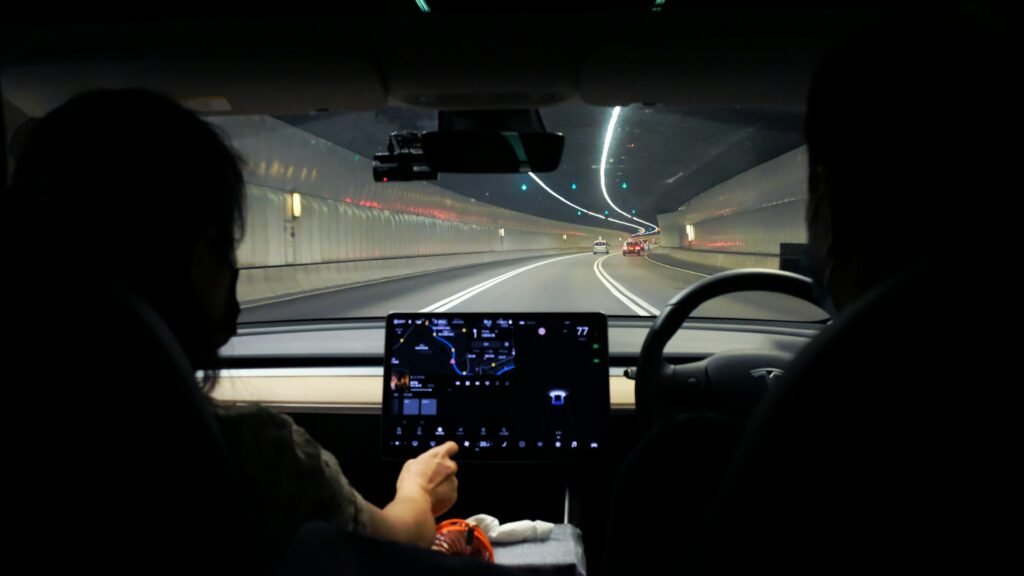
1. Compatibility Issues
Not all electric cars offer Android Auto as standard, and some may only support wired connections. Wireless Android Auto is a premium feature that may only be available in newer or higher-trim models.
2. Limited App Support
Android Auto restricts the types of apps that can be used while driving to ensure safety. While this is good for focus, it also means some third-party apps are not accessible on the infotainment screen.
3. Reliance on Phone and Data
Android Auto requires a compatible Android phone and an active internet connection for optimal functionality. Without mobile data, some features like real-time traffic or voice search may not work.
4. Battery Drain and Heat
Using Android Auto, especially over a USB cable, can cause your phone to heat up or drain faster. Some EVs offer wireless charging pads, but that feature isn’t universal yet.
Real-World Examples: Electric Cars with Android Auto in 2025
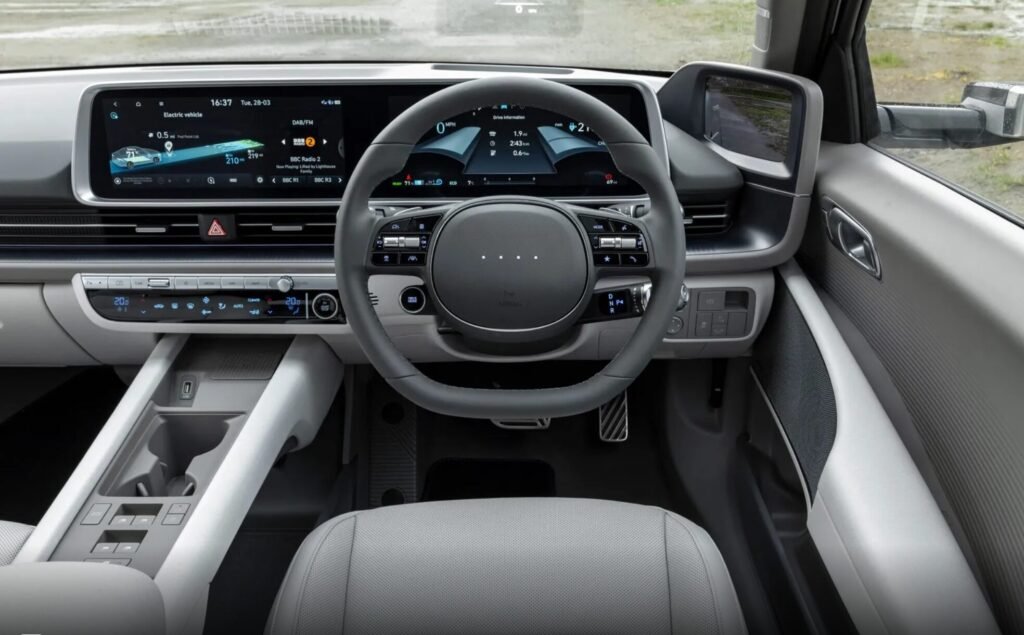
Many EVs on the market now come equipped with Android Auto—either wired or wireless. Here are some standout models:
Hyundai IONIQ 6
A sleek, futuristic EV that supports wireless Android Auto on most trims. It features a dual-screen dashboard and smart route integration.
Volkswagen ID.4
Volkswagen’s popular electric SUV includes Android Auto compatibility, voice controls, and a smart charging assistant via Google Maps.
Ford Mustang Mach-E
This sporty EV comes with both Android Auto and Apple CarPlay, providing a fully connected cabin. The system works with voice commands, touch, or the rotary dial.
Kia EV6
Another stylish option with fast charging and a strong infotainment system. It offers wired Android Auto across most trims.
Chevrolet Bolt EUV
Affordable and compact, the Bolt EUV supports wireless Android Auto, allowing full phone integration with minimal hassle.
Audi Q4 e-tron
Audi’s electric SUV brings luxury to Android Auto, paired with a virtual cockpit and intuitive Google Maps-based routing.
Future Trends for Electric Cars with Android Auto
1. Wireless Android Auto Becomes Standard
More EVs are expected to adopt wireless Android Auto as a standard feature—eliminating the need for cords and improving convenience.
2. Tighter Google Ecosystem Integration
Some automakers, like Volvo and Polestar, are integrating Google Automotive Services (GAS) directly into their infotainment systems—offering native Google Maps, Assistant, and Play Store apps without needing to plug in a phone.
3. EV-Specific Android Auto Features
Expect Google to enhance Android Auto with EV-specific tools like battery range predictions, trip cost estimation, weather-based range alerts, and remote climate control commands.
4. Over-the-Air (OTA) Updates
EVs and Android Auto will both continue to receive OTA updates, improving features and security without requiring dealership visits.
5. Voice AI Evolution
As AI improves, Google Assistant in Android Auto will become even more conversational and predictive—understanding context better, and helping drivers with reminders, errands, and even proactive alerts like low tire pressure.
FAQ: Electric Cars with Android Auto
Which electric cars support Android Auto?
Most major EV brands—like Hyundai, Ford, Kia, Volkswagen, Chevrolet, and Audi—offer Android Auto in their electric models. Availability may vary by trim level.
Is Android Auto free in electric cars?
Yes, Android Auto is free to use. Some models offer it standard, while others require a trim upgrade. You only need a compatible Android phone and USB or wireless connection.
Can I use Android Auto without a USB cable?
Yes, if your EV supports wireless Android Auto, you can connect without a cable. Ensure your phone and car software are up to date.
Does Android Auto show EV charging stations?
Absolutely. Google Maps on Android Auto can display nearby charging stations, availability, plug types, and user reviews—all in real-time.
Is Android Auto better than built-in navigation?
In many cases, yes. Android Auto uses Google Maps or Waze, which are updated more frequently than most built-in systems. It also offers better traffic, voice commands, and app integration.
Conclusion: Driving Toward a Connected Future
Electric cars with Android Auto represent more than just clean transportation—they symbolize the fusion of eco-conscious driving with seamless digital connectivity. As the world transitions to smarter mobility, features like Android Auto are no longer luxuries—they’re essential.
Whether you’re looking for navigation, communication, or entertainment, Android Auto makes every drive more convenient and enjoyable. And when paired with an electric vehicle, the experience is not only smarter—but also greener.
– Ready to choose your next electric car with Android Auto?
Explore our EV reviews, charging guides, and more at voltdrivehub—where tech meets sustainability.


